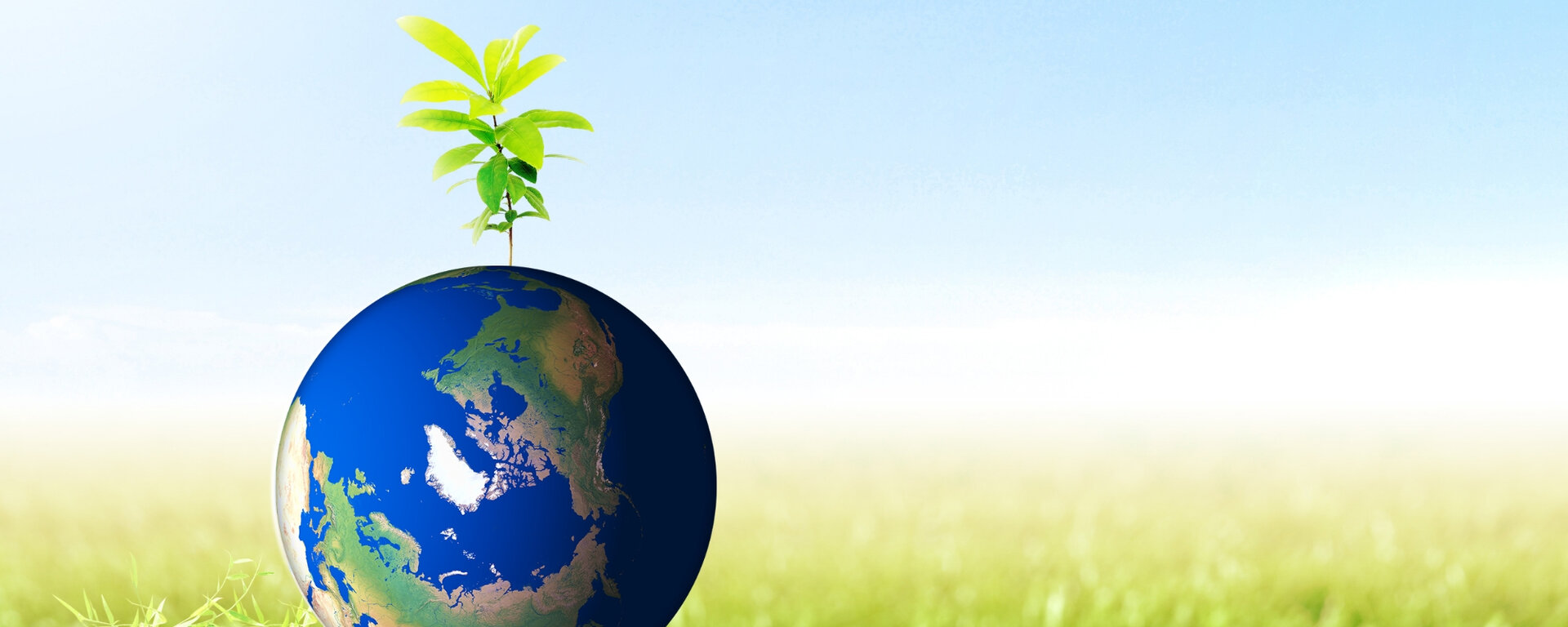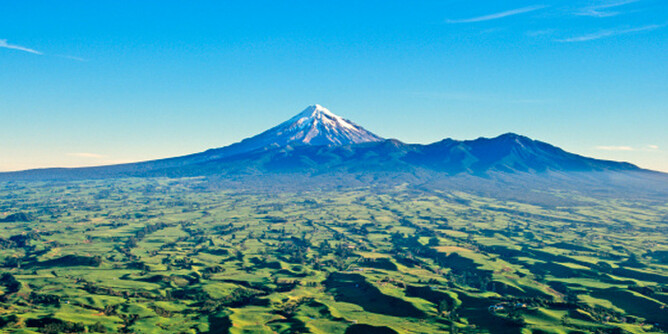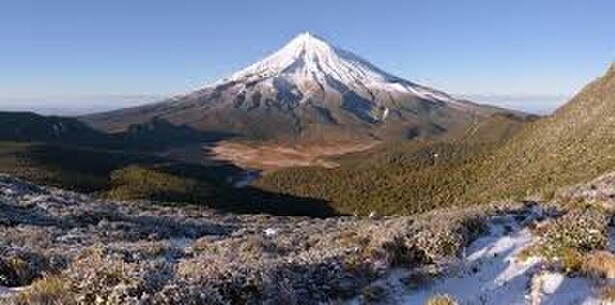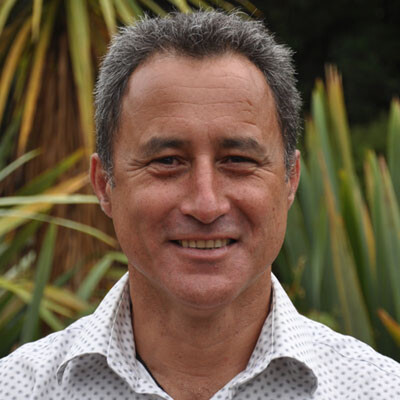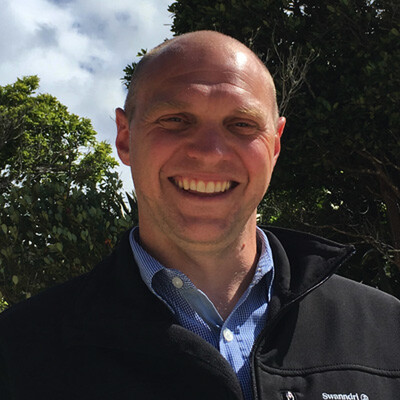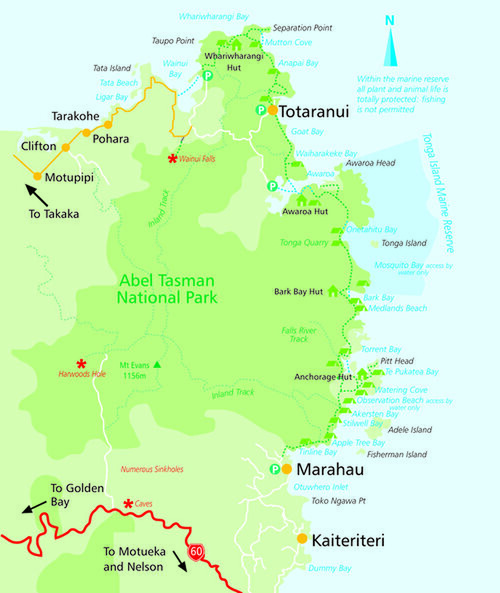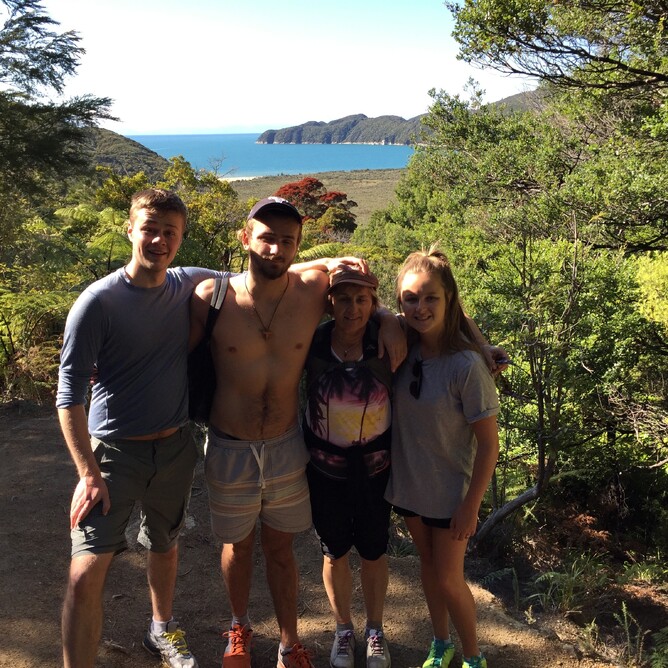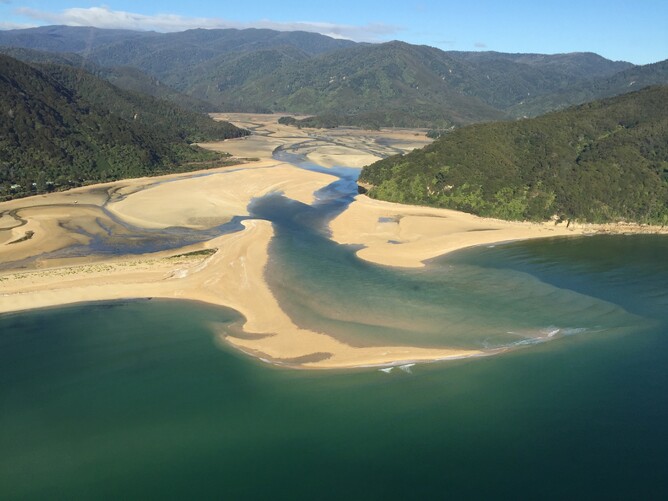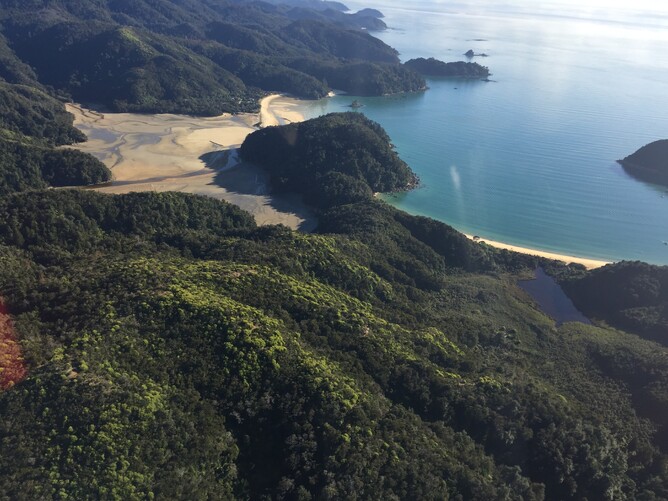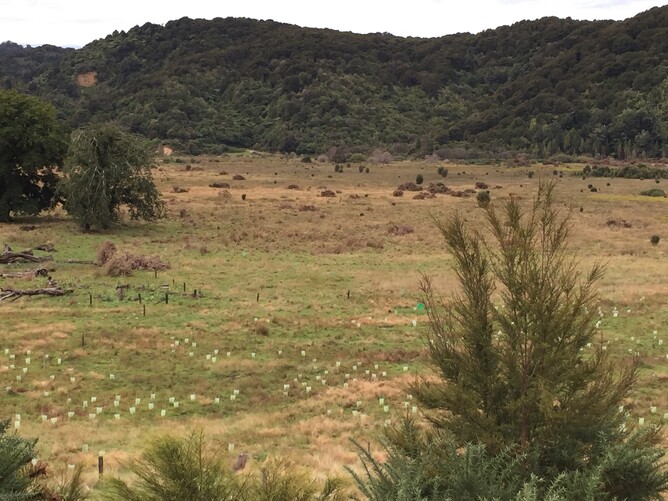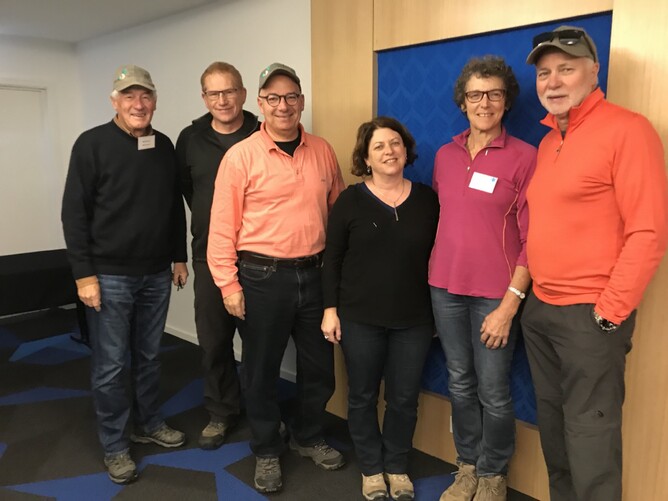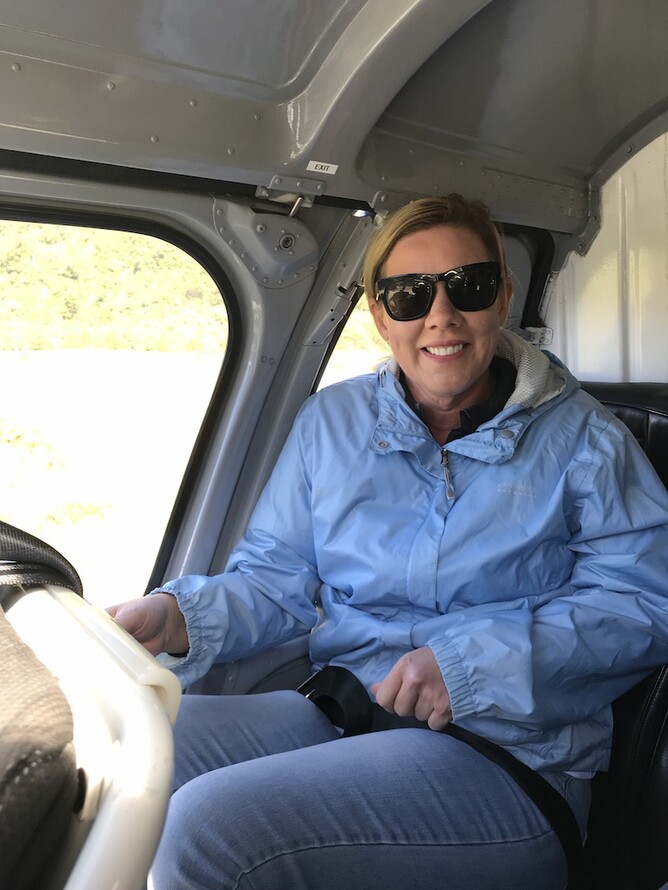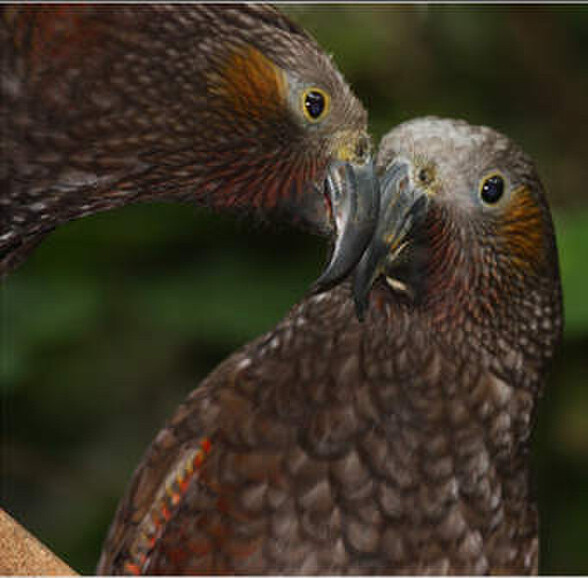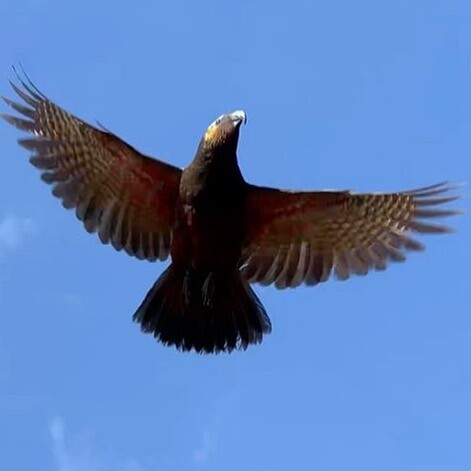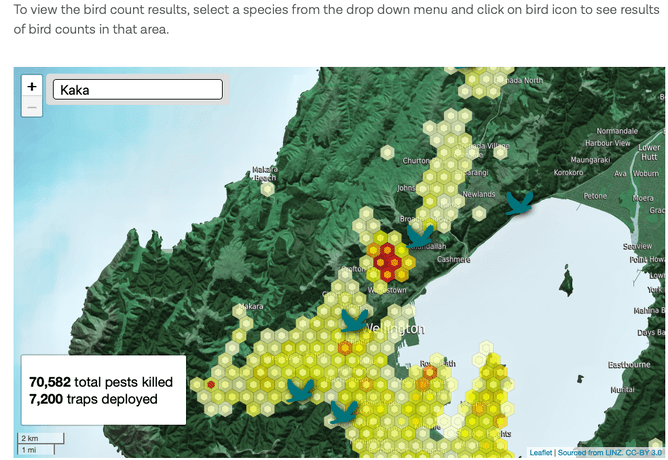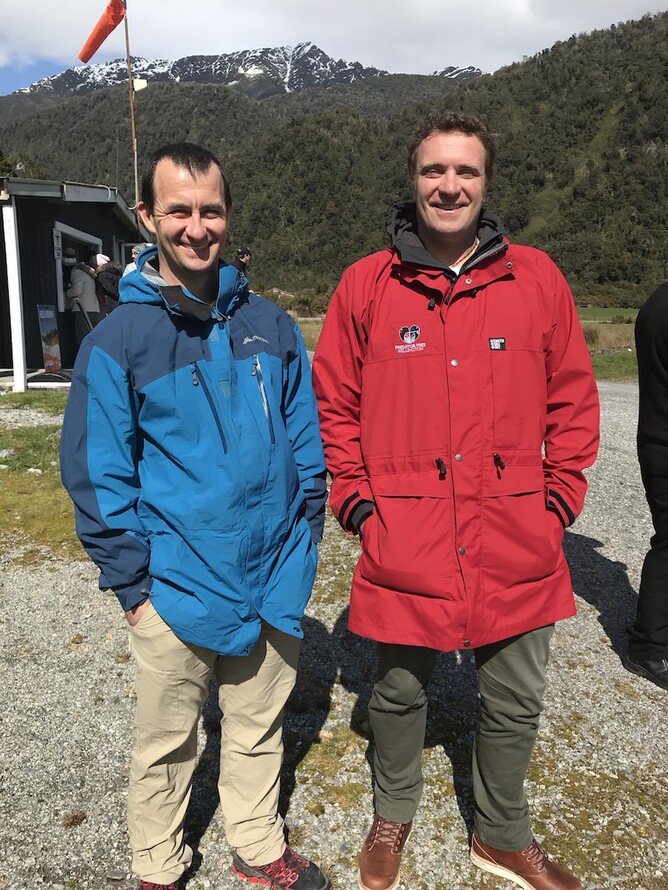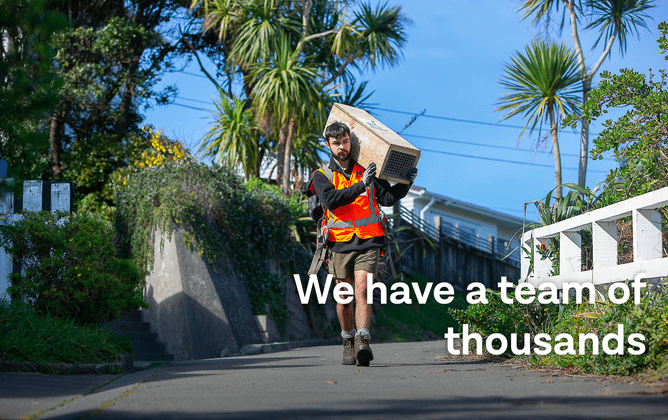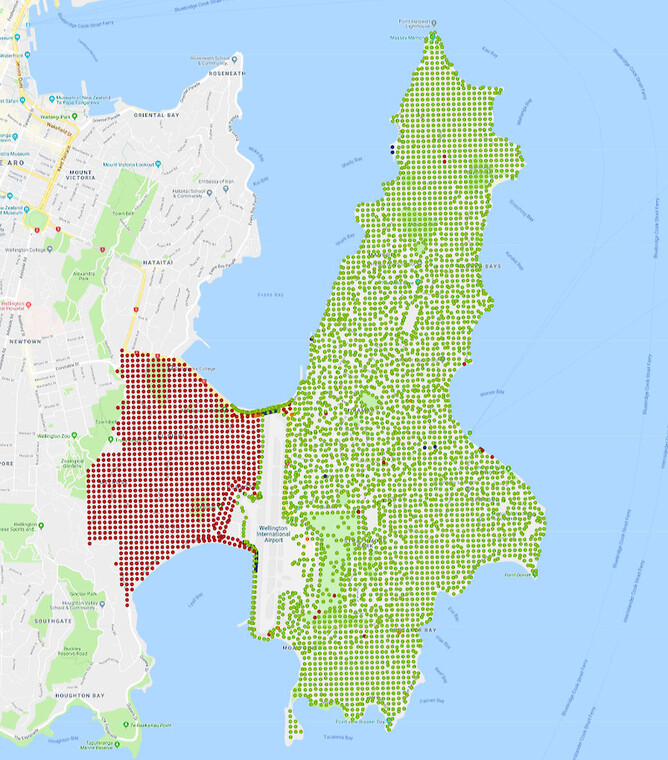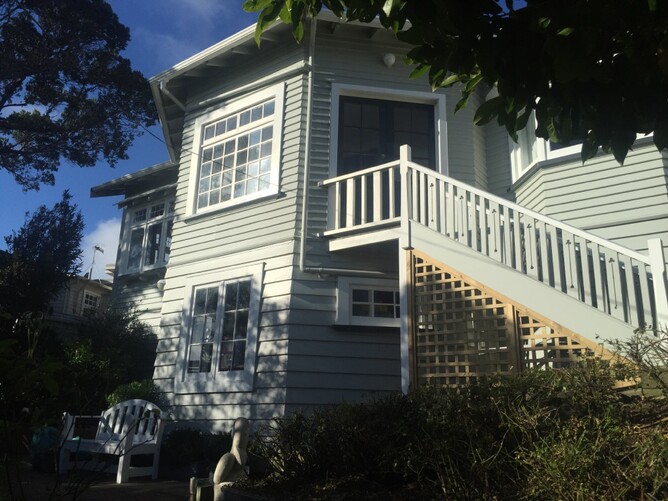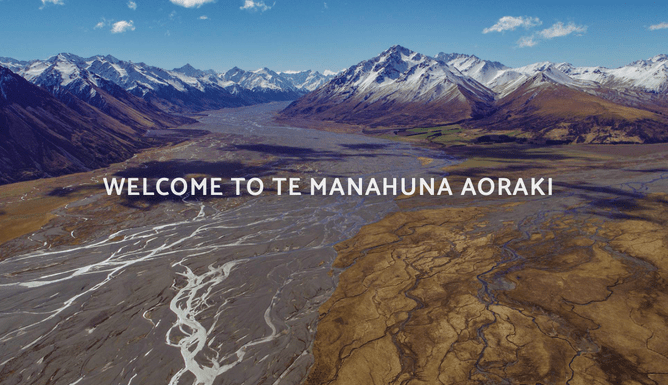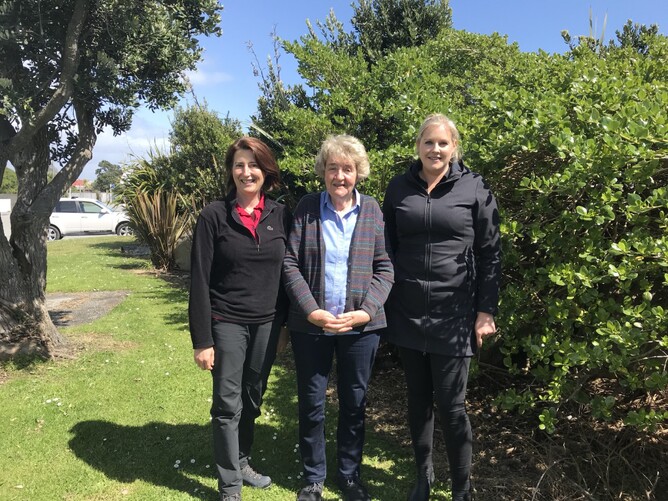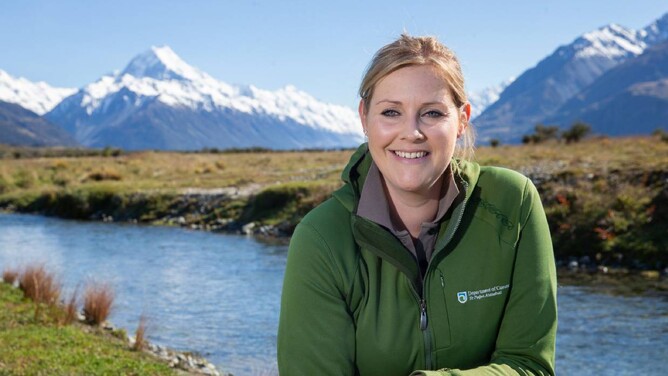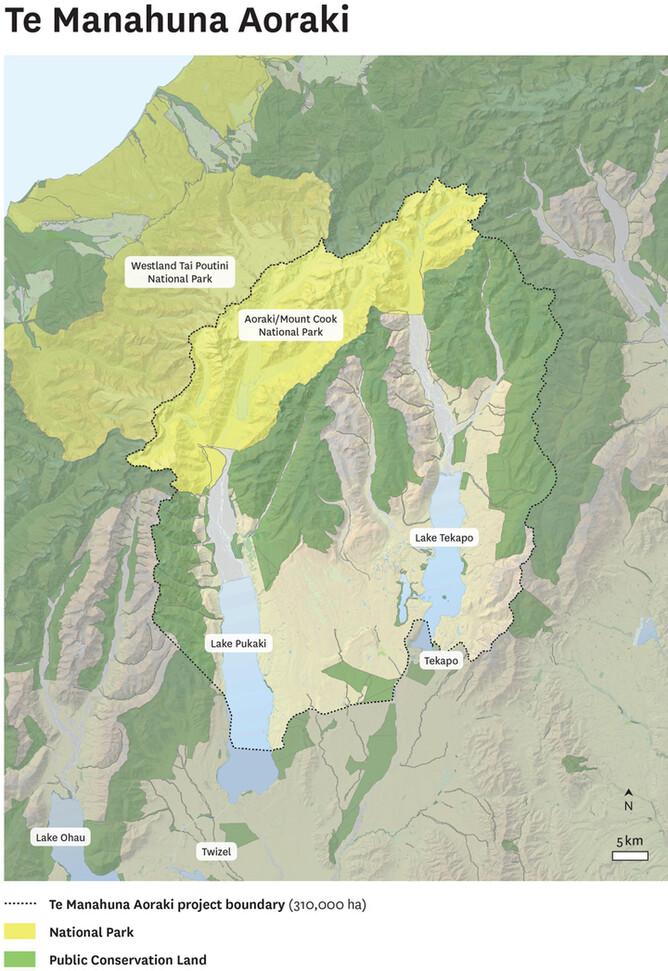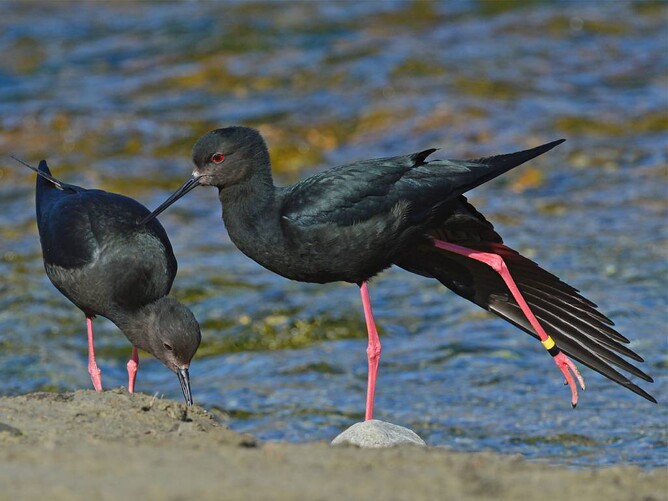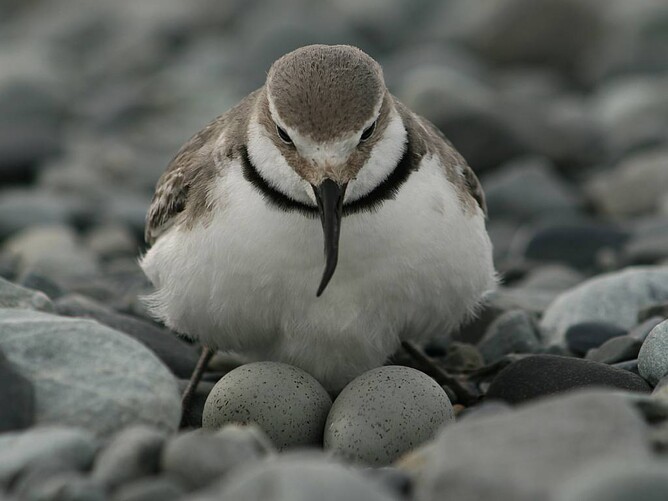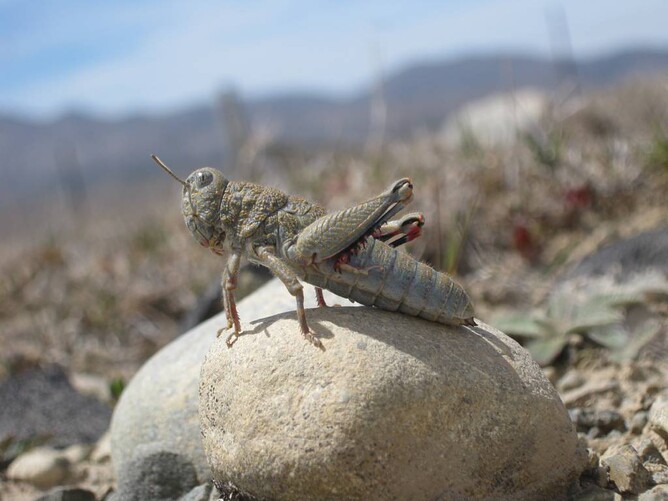After breakfast the leaders of each project took turns to update us all. A warning, this is a very long blog - so skip through to the bits that interest you. I found it all super interesting.
First up was Taranaki Mounga. This from the NEXT website:
"Mt Taranaki is the revered volcanic peak at the heart of Taranaki region in the North Island of NZ. It dominates the region, a symbol of belonging and strength for all who call Taranaki home.
The Mounga affects Taranaki’s weather, geography, people and culture. Of high spiritual value for both Māori and non-Māori it is central to the identity and whakapapa for many people of the region
A rich cloak of native vegetation spreads in all directions from Taranaki’s steep volcanic cone and across the adjacent ranges Pouakai and Kaitake to the north west. Taranaki Mounga’s project area includes the 34,000 ha of national park encompassing Taranaki, Pouakai, Kaitake and extends 3km to the protected Ngā Motu/Sugar Loaf Islands.
Taranaki Mounga is an ambitious conservation project transforming the mountain, ranges and islands of Taranaki."
The project's name, He Kawa Ora!, means Back to Life! Taranaki Mounga restores the ecological vitality of Taranaki’s mountain, ranges and islands. It is a collaborative partnership between the Taranaki iwi, Department of Conservation, NEXT Foundation and founding sponsors Shell NZ, TSB Community Trust, Jasmine Social Investments and Landcare Research/Manaaki Whenua, together with the wider community. You can read more here www.taranakimounga.nz and here Read media release. Below is a 4min video introducing the project.
My main memories of Mt Taranaki are a trip to climb almost to the summit with Palmerston North Teachers College, and trips with a friend from PNTC to her home farm in Kaponga (maybe about 20 visits, her parents names were Maurice and Joan Thurston), and Bill and I honeymooned for three days at Dawson Falls Lodge there in 1985. I saw the mountain those ways from different views - a climber's, a farmer's, and as a honeymooner. I remember the weather being changeable, the land changing the higher you went and significantly, and I don't remember seeing many birds on our climb (no kiwi or whio).
The Taranaki Mounga Project project was led initially by Jan and now by Sean. This is Jan (photo of Jan from Next Foundation website, thanks Polly).
.Jan did a mihi. He translated into English as he went along. His mihi went something like this.
Tēnā koutou katoa (A warm welcome to everyone)
Ki a Ranginui ki a Papatūānuku, tena korua (And to the Sky and the Mother Earth)
Tēnā koutou katoa. (Welcome to you all)
Ki ngā maunga, ngā awa, ki ngā ngahere, ki ngā moana, Tēnā koutou katoa. (Also I welcome the mountains, the rivers, the bush, the sea)
E ngā tangata o te hau kāinga, E ngā kaumātua, ngā kuia (And to the people that have been on this land before. And especially to the elders of both men and women who pass on our ways of being which cherish all of the above.)
Tēnā koutou katoa (Welcome to you all)
The leader of Taranaki Mounga now is Sean Zieltjes. While born in Stratford the name Zieltjes is, as it suggests, from somewhere exotic. It is Croatian. Sean talked about monitoring water, eradicating predators and introducing new species. He talked about Mountain to Surf flora and fauna, and making a new track from mountain to surf and moving around some of the mountain.
Their biggest update for me was they will be bringing kiwi into Taranaki Mounga, and also creating a New Zealand Great Walk around the mountain. I loved also all the young people involvement, releasing whio and monitoring. If I had been staying with Pam in a few years time we would have done this walk, and gone to look at the kiwis, whio and new life.
When Bill and I spent 3 days on our honeymoon on the mountain, we did take a walk and I don't remember anything but ferns in 1985. I do remember it being surreal. Maybe I was delighted to be married to Bill. The lodge we stayed in was called Dawson Falls. I remember it as very peaceful after a hectic wedding.
After a morning tea break next up (note the pun . . . ) was Project Janszoon. This is transforming the Abel Tasman National Park - Abel Janszoon Tasman was the first pakeha to visit the area.
From Wikipedia: "Abel Janszoon Tasman commanded a Dutch East India Company expedition to discover more about “South Land,” the great southern continent that included the already charted coastline of much of Australia.1 He left Batavia in 1642 with the ships Heemskerck and Zeehaen, making landfall at Mauritius and discovering and charting Van Diemen’s Land 2 before sighting Te Tai Poutini, the South Island’s West Coast. By the time the Dutch had rounded Onetahua into Mohua (Golden Bay) on the night of December 17, 1642 waka are believed to have followed them in the darkness. He didn't stay and may have been scared off by Ngāti Tumatakōkiri, who warned settlements ahead of the approach of the strange ships."
It could equally have been called Project Tumatakōkiri I thought - he was the chief in the area at the time.
Here are two videos about transforming the park.
From the NEXT website: "Project Janszoon is restoring and preserving the Abel Tasman National Park’s rich wildlife for all to enjoy. Named after Abel ‘Janszoon’ Tasman, the Trust was launched in 2012 with a goal of achieving transformational change in the Park. Project Janszoon works with partners – including iwi, Department of Conservation (DOC), Abel Tasman Birdsong Trust, tourism operators and the community – to eradicate pests and weeds, bring back native birds and bush, and inspire a culture of care for Abel Tasman National Park. Project Janszoon – a pre-NEXT initiative – is aiming to complete the restoration by 2042, in time for the Park’s 100th anniversary."
https://www.janszoon.org/
This is a map of the Abel Tasman National Park.
"As a boy from Iowa in the United States, Bruce Vander Lee didn’t see the ocean until he was 17 years old. Now, as director for Project Janszoon, he is working to restore the ecology of one of New Zealand’s most popular coastal national parks. As an experienced conservation manager with a background in restoration and pest control Bruce was DOC’s improvement manager in the Northern South Island region before joining Project Janszoon in 2017. He led the team that eradicated great white butterflies from the Nelson region—a world first."
This is Bruce with a whio duck about to be released into the park.
What I remember about Bruce's talk was the large team involved - Robyn, Devon, Jan, Gill, Marika, David, and Barrie, and lots of others and lots of young people taking ownership of areas of the park etc. Also that the project involved talking to the neighbours of the park to stop growing plants that spread into the park, and then became a weed; and the talk of kaka, kakariki and the idea of bringing kiwi into the park soon. This group are all innovative and united about Abel Tasman becoming a leading global park for Conservation in the world.
As a family we love the Abel Tasman National Park. This is a family photo from a trip we took to the park in 2015. From left to right - Dan, Lachie , me and Anna. Daniel has always given me a hard time about my height. Yes I am the shortest family member Daniel, and watch out for small packages - great things can come in them.
This is from the air. What a beautiful river. Note the bush from river sides to hillsides. We want this more to maintain our biodiversity.
Another aerial shot from a different view, the same river.
When Bill was made redundant from Zealcorp in 1979, about twelve of us walked the Abel Tasman for four days. I remember Hadfields Clearing from way back then. This is it with planting from 2015. This was the part of the park which the first farmers farmed, accessed only by boat.
Here is the Janszoon team. From left to right - Barrie Brown, Bruce Vander Lee, David Flacks, Robyn Janes, Gillian Wratt and Devon McLean.
This is Marika Kingan. She is also one of the Janszoon team, and was organising the event so she wasn't in the photo above. She always gives so much attention to detail and loves what she does. She assists Devon with Janszoon and organises all these events.
Latest news from Janszoon:
"A flock of inquisitive kākā have returned to the coastline of the Abel Tasman National Park, another step in the vision towards re-populating the park with bird species that once lived there.
On Tuesday, 12 captive-raised kākā were released from a purpose-built aviary in Bark Bay. Until recently the parrots were considered “technically extinct” in the Abel Tasman with only a few wild male kākā remaining in the park. Several captive raised female birds were released higher up in the park in 2015 and last summer six chicks fledged, proof that they could not only survive, but that they could successfully pair up and breed with wild birds. Project Janszoon ornithologist Ron Moorhouse said the birds were a mixed flock, some had come from established, captive bred kākā while others had been raised from eggs gathered in the wild to ensure their genetic diversity."
And this is a kaka in flight. This is a beaut photo taken from the NEXT Foundation website. Thank you photographer Robyn for both kaka photos.
Next up on the presentations is Predator Free Wellington.
This is about creating the world’s first predator free capital city. This from the NEXT website: "The goal for Predator Free Wellington is a bold one: eradicate all rats, mustelids and possums from the Wellington peninsula, enabling native wildlife and communities to thrive. The project is a partnership between NEXT Foundation, Wellington City Council, Greater Wellington Regional Council, Taranaki Whānui ki Te Upoko o Te Ika, Capital Kiwi, Predator Free 2050 Limited and the wider community."
I like this on the Predator Free Wellington website - press on above Predator Free Wellington with the two birds and then press on Community Map. This tells you where kaka are, and if you press on any part of the map, which is divided into 10m square grids, you can see how many rats, stoats and possums have been caught.
Here are Glen Austin and James Willcocks from Predator Free Wellington. I sat next to Glen on the bus trip out to Perth River Valley and I learnt more about native plants, and his love for them.
This was part of the latest newsletter from James:
"Predator Free Wellington is about everyday people choosing to define the type of city we live in. It’s about taking action, starting in our own backyards. These choices and actions have a ripple effect, connecting thousands of Wellingtonians to the goal of creating the world’s first predator free capital city.
Our project is about system change, demonstrating that in the face of widespread global environmental degradation a dedicated collective of people can change the tide.
Our stories are changing, Wellington is changing, the way we view ourselves as Wellingtonians and how we connect with each other and nature is changing.
To put this into context, not that long ago for me to be able to see a kākā in the wild would have involved a tramp deep into Pureora Forest Park with maybe the chance to see one or two from afar. Now our kids get to see them most days creating a ruckus in the city’s suburbs and green spaces. That is an incredible thing indeed.
It’s been a huge year preparing for our first phase of eradication on the Miramar Peninsula. We have set ourselves up as an independent charitable entity and appointed a board of fantastic directors. It has taken a huge amount of planning and testing to get us to the point of operational readiness. We have been blown away by the support from the community, two thirds of Wellingtonians are either involved in predator free work or keen to be involved.
On the Miramar Peninsula, 99% of residents were willing to participate in our project, which enabled us to obtain the thousands of individual permissions we needed to undertake the eradication. Our field team workers felt like heroes going about their work on the peninsula and being so well received and supported by the Miramar community - the shared energy and enthusiasm is epic!
We’re learning lots. An urban eradication project of this size and scale is a world first, so adapting to new ways of learning and working is key.
There is a lot of learning happening on the peninsula and across Wellington that can be used elsewhere in the country. We are sharing this data publicly, enabling others to scale up and innovate. We are all in this together for the bigger goal of New Zealand becoming Predator Free by 2050."
They talked about the public all being part of the teams. Thank you Ian Robertson for this photo.
This is a video we were shown of how cunning rats are. Rats are just like us in that they are looking for best food source (they like grains, birds eggs and fish), a nice place to live, and they like BIG families. They can breed up 15 times a year with up to 14 rats in a litter, though 7 is more common.
Here is a diagram of Miramar Wellington with traps. The idea is to get Miramar predator free (zero possums, rats and stoats) and then expand into Wellington City, and then the Hutt etc. This from James about Miramar:
"For six months from January 2019 we had three full time field officers door knocking, speaking with residents, explaining our project and asking them to be involved. It was a daunting task. Not many people enjoy having strangers knock on their doors uninvited, but fortunately our fears were allayed and our team were blown away by the positive response they received. An astounding 99% of residents were willing to participate and were happy for us to visit their property weekly. This was huge, and meant we could involve about every third household on the peninsula.
The motivation to become involved varied. Some residents were excited by the thought of having kākā, ruru, kārearea and lizards as common garden visitors, while others were just happy to have rats out of their homes.
We heard some wonderful stories from people who have lived on the peninsula for decades and who watched birds disappear as the pests increased, but are now gladly watching them return. Some have said they are thankful to see their grandchildren grow up in a place where seeing tui is now a normal part of everyday life. Others have watched the native geckos in their garden shed gradually disappear and want to make sure they are protected. The support continues to grow and it’s not unusual for our team to be offered cups of tea when they do their weekly checks. Importantly the community are our eyes and ears on the ground, letting us know straight away if they notice anything - turning our team of 30 into a team of thousands."
Bill and I lived in Lyall Bay. then Thorndon, then Kelburn in Wellington for nearly ten years all up (from 1984 to 1994). This below was our front garden and home at 31 Fairview Crescent in Kelburn. It would be a dream to have there kaka flying overhead, kereru squawking, eels and koura in streams, a kiwi in the bush and sighting skinks, that would thrive without predators.
I wonder what it would do for NZ to be predator free economy-wise? The only thing I can come up with is people would live closer to nature and learn to live with them in the backyard. Maybe they would learn how to retrieve a fledging kereru who is injured and then have them as a pet before it is back to full health. The kereru would be tagged and may return. These stories will become global, and people will have new jobs teaching the rest of the world about trapping and about endemic species.
The last project to be shared was Te Manahuna Aoraki. This is transforming the Mackenzie Basin. From the NEXT website:
"Enhancing biodiversity in our iconic landscapes.
Te Manahuna Aoraki is a large-scale conservation project focused on restoring the natural landscapes and threatened species of the magnificent upper Mackenzie Basin and Aoraki/ Mt Cook National Park. The project will enhance biodiversity across 310,000 hectares of Aotearoa New Zealand’s most stunning landscapes, including braided river systems, high country farmland and alpine habitats."
This photo IS taken from the NEXT website of a stunning braided river.
This video features Jan Wright, who is the Chair of Te Manahuna Aoraki, and was the Parliamentary Commissioner for the Environment.
This is Fiona McNab, Jan Wright and Simone Cleland from Te Manahuna Aoraki. Good to see females leading this team.
Simone took us around the black stilts when we were in the Mackenzie Basin last year.
This is the area.
The great thing about this project I learned was the benefits of getting the farmers in the region on board. They are all collaborating. I also learned in this part of the country the predators are different from other projects. This by Matthew Littlewood, from the Timaru Herald:
"Hedgehogs, ferrets and labrador-sized feral cats are some of the pests captured in the Mackenzie Basin. Te Manahuna Aoraki, a multi-agency project with the aspiration of turning the Mackenzie Basin into a predator-free area in 20 years, has just released its trapping results which reveal it has caught more than 860 animals in the January to August period. Of those, almost 350 hedgehogs and more than 300 mustelids – ferrets, stoats and weasels were trapped. Feral cats also made up a significant portion of captures with over 170 caught. The rest of the catches were rats and other predators. Hedgehogs compete for bird food and eat invertebrates and bring disease . Feral cats, stoats and weasels eat birds eggs. So the black stilt numbers have been threatened and there has been a real project to assist increasing their numbers."
Same with the wrybill.
The robust grasshopper I had learned about when my daughter Anna rowed at Lake Ruataniwha. There was a waitress in the cafe then whose thesis was all about the robust grasshopper. I was fascinated then, and I am now. It lives in the gravel of braided rivers.
It is birds and insects like these that we want to save in the Mackenzie Basin.
